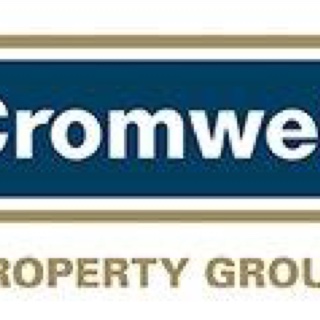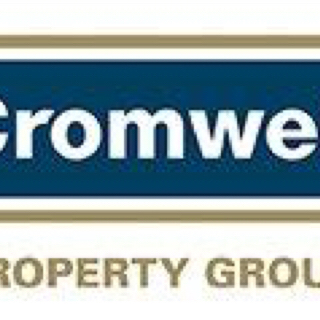Information
-
Document No.
-
Audit Title
-
Client / Site
-
Conducted on
-
Prepared by
-
Location
-
Personnel
-
The checklist is designed to guide FMs through a series of operational checklists that will identify issues that result in inefficient building operation. It is not exhaustive but will assist in identifying areas of improvement. The quarterly checklist covers four areas of building operations:
1. Building Controls
2. Mechanical Services and Lighting
3. Energy Monitoring
4. Water Consumption
Building Controls Periodic Checks
-
After Hours Air Conditioning and Lighting<br>Has plant been checked to ensure that it is not running unless scheduled via an After Hours booking request?
-
Air Conditioning and Lighting Schedules<br>Plant should not start more than one hour prior to occupancy. Have all floor and zone schedules been programmed to suit leasing requirements for occupancy?
-
Public Holiday Scheduling<br>All plant and equipment serving unoccupied areas on Public Holidays should not operate. Confirm that BMS is programmed correctly for Public Holidays.
-
Air Conditioning Optimum Start/Stop<br>Optimum Start/Stop is a feature of BMS systems that will start or stop HVAC plant only as early or late as required to achieve set point during the occupancy times. Typically the earliest start or stop times of the plant and the occupancy times are programmed into the BMS. Have the occupancy times and start times been checked and in line with lease requirements?
-
Air Conditioning space temperature setpoints<br>An indicator of a control or air conditioning problem is if VAV or space temperature setpoints are set outside reasonable bounds ie (22 - 24 deg C). Has a check of these setpoints been conducted?
-
Space Temperature Sensors<br>An apparent requirement for extreme setpoints as per above may be due to sensor issues. Check physical location of sensor for undue temperature influences (ie near copiers, etc). <br>Have sensor locations and calibration checks been performed by the maintenance contractor?
Mechanical Services and Lighting
-
Outside Air / Economy Cycles<br>Poorly maintained or implemented outside air (economy) cycles are a source of energy wastage.<br>Confirm the following items have been checked and completed:<br>Economy cycles are operating<br>Outside air and return air dampers are operating correctly<br>OA and RA temperature and humidity sensors have been calibrated<br><br>
-
Chiller Plant<br>Review chiller plant operation to ensure chillers are operating correctly. It is useful to log the operation of the chiller plant over the period of a week, during and after hours to look for unnecessary starting and stopping of the chillers. More than 2 starts per hour would indicate possible staging or other issues. Confirm this has been conducted.
-
Car park Ventilation and Lighting<br>Check car park ventilation and lighting schedules for alignment with access times. Safety issues must also be considered when determining running times.<br>Carpark CO/NO sensors must be calibrated 6 monthly.<br>Have these works been done?
-
Lighting<br>Lighting accounts for a substantial portion of energy use.<br>Review lighting schedules and timeclocks (particularly seasonal and daylight savings changeover)<br>Check PE controls 6 monthly for calibration and operation.<br>Have these been completed?
Energy Monitoring
-
Monitoring and comparing power usage over time can provide indications on whether electrical power is being used efficiently and effectively. <br>Use a graph of building load profile over at least a 72 hour period during and after business hours operation.<br>Identify the base load kW of the building. Base load is the power that is consumed 24 hours a day and is easily seen by looking for the kW at times out of normal hours (ie 3:00am)<br>What is base load made of? What motors, lights etc are running and do they need to be running? Look for opportunities to reduce base load and also identify abnormalities in the base load profile and consider what may be causing these changes.
Water Consumption
-
Cooling Towers<br>Make up water - Regularly check the seal and float valve unit for wear and correct settings.<br>Bleed Systems - poorly maintained conductivity controllers result in bleed valves opening longer than necessary. Conductivity probes should be cleaned and maintained regularly.
-
Toilets, Taps and Urinals leak minimisation - leakage from taps, fittings, and toilets is a major source of water wastage. Ensure that taps and fittings are regularly checked for leaks and form part of routine maintenance regime. Encourage tenants to report common area and tenant equipment leaks.
-
Add signature












